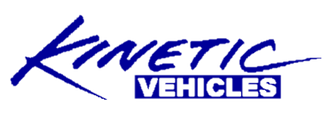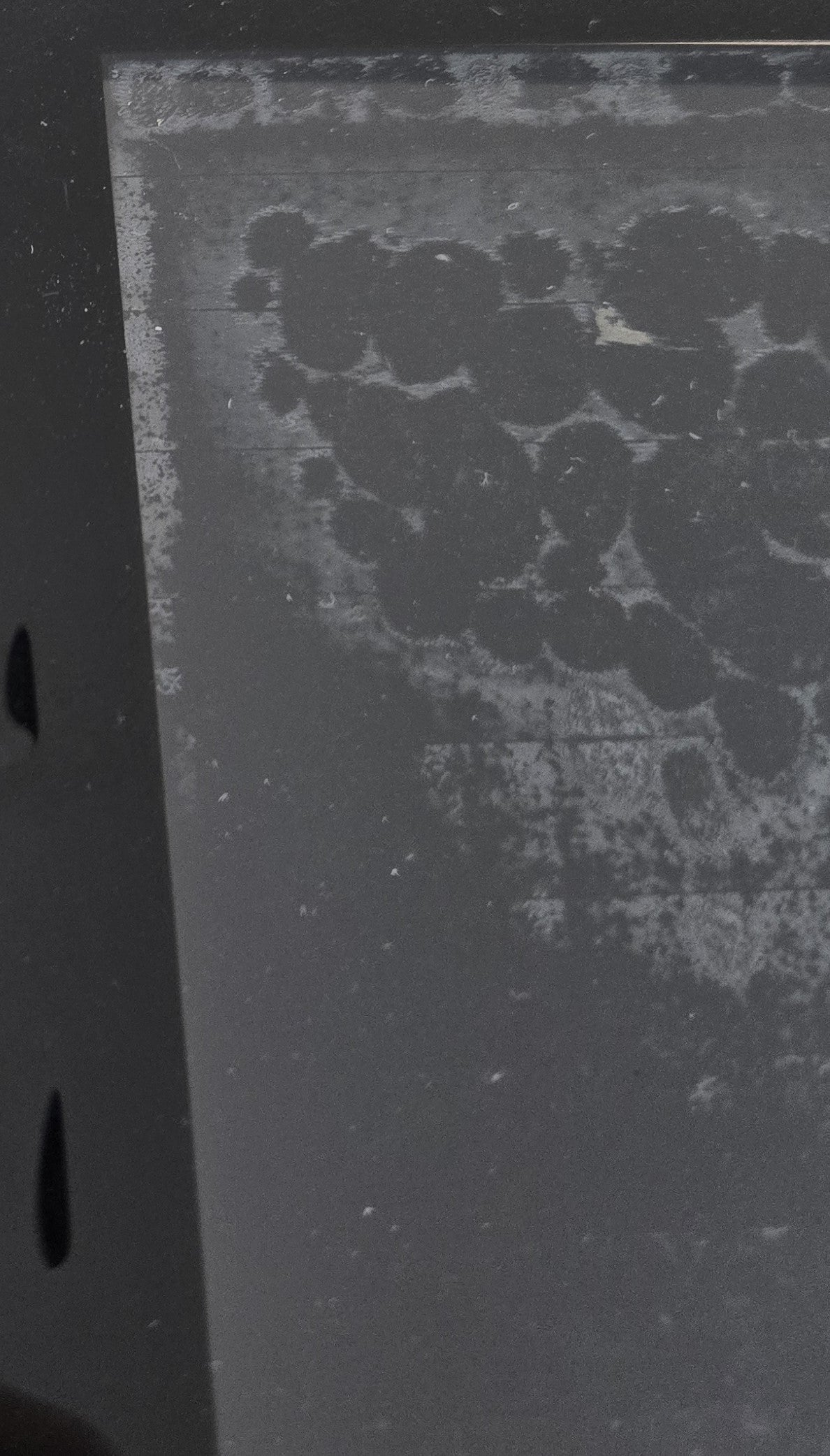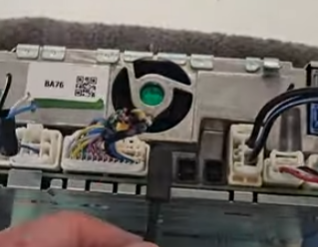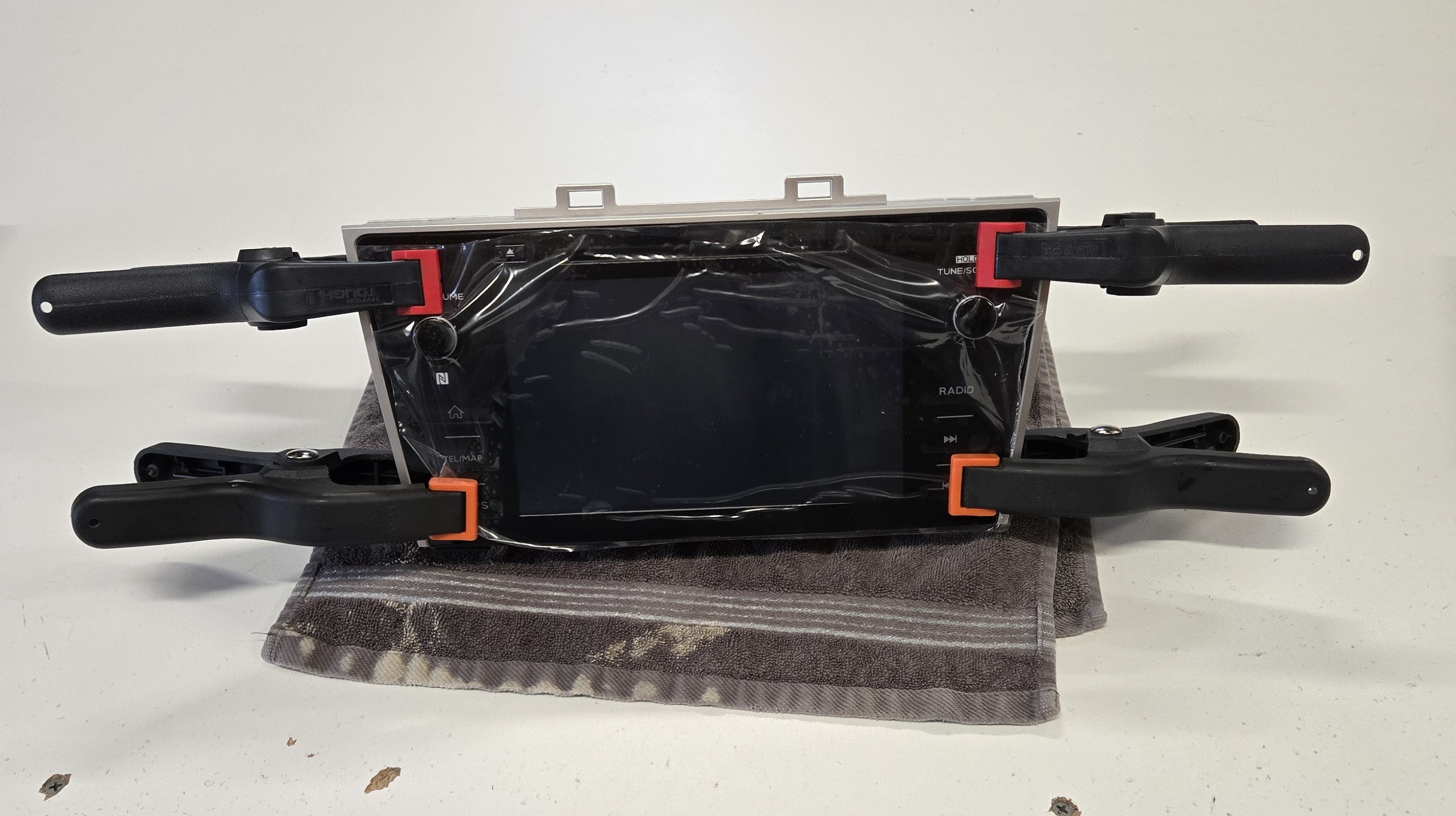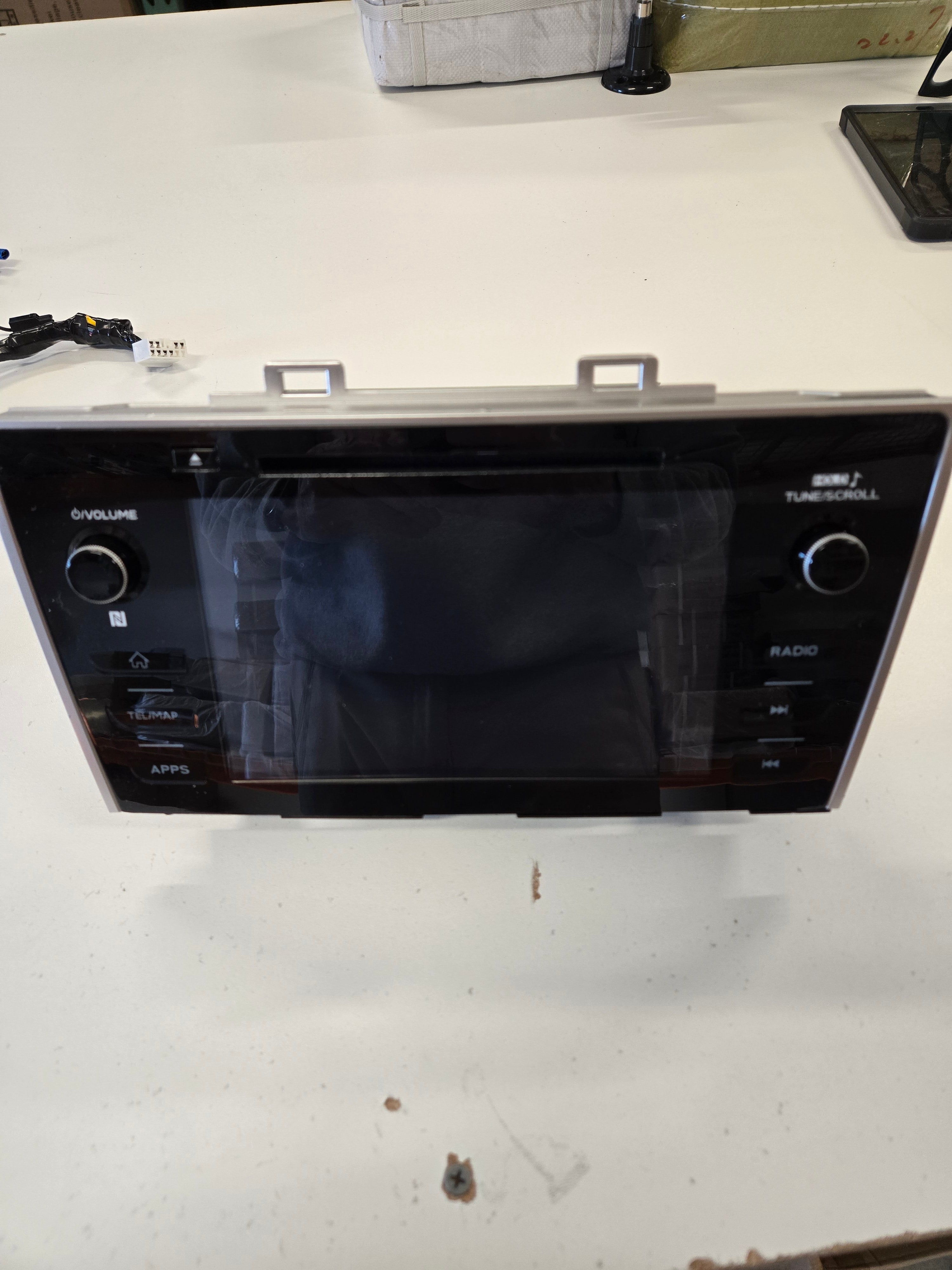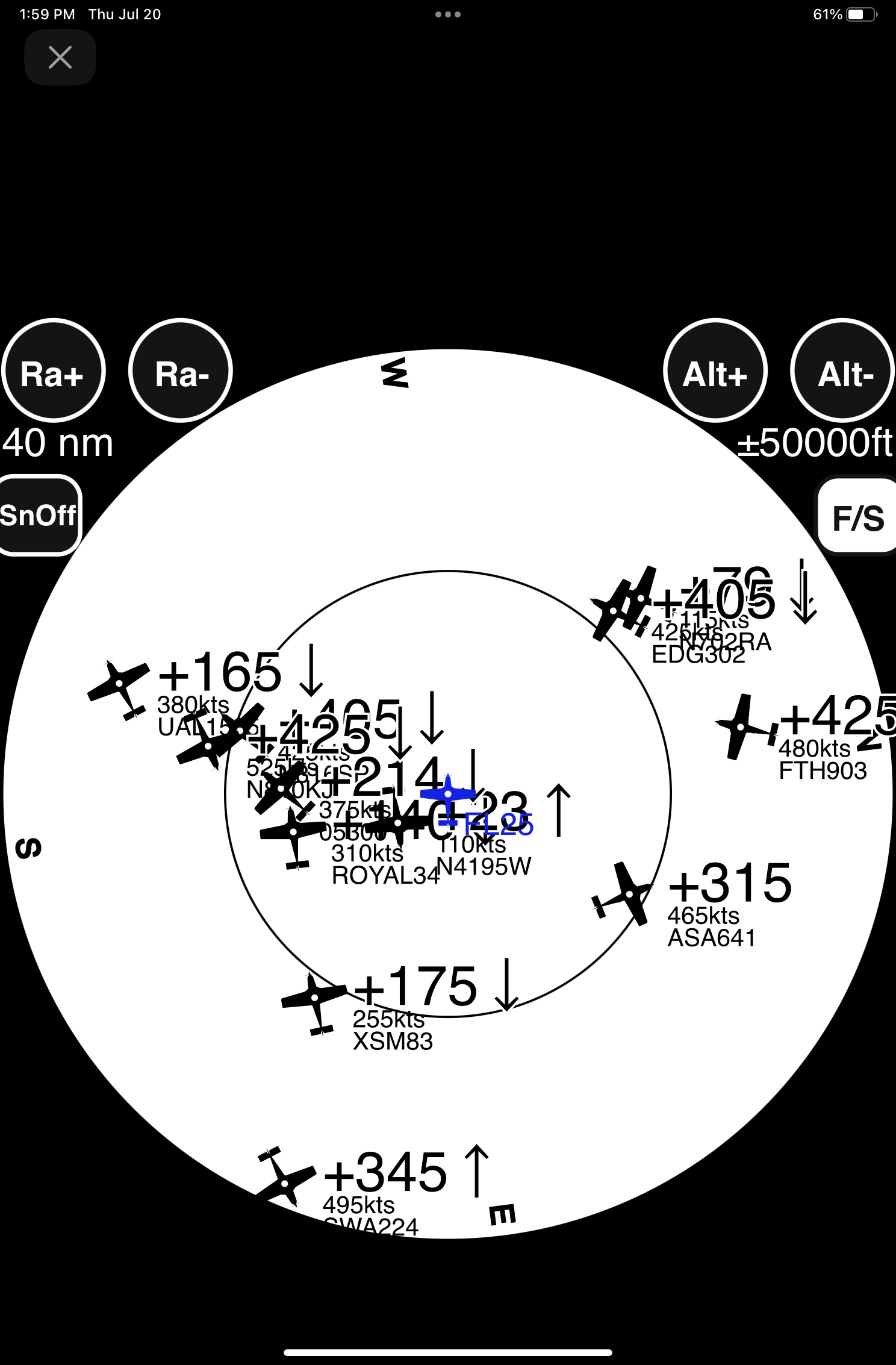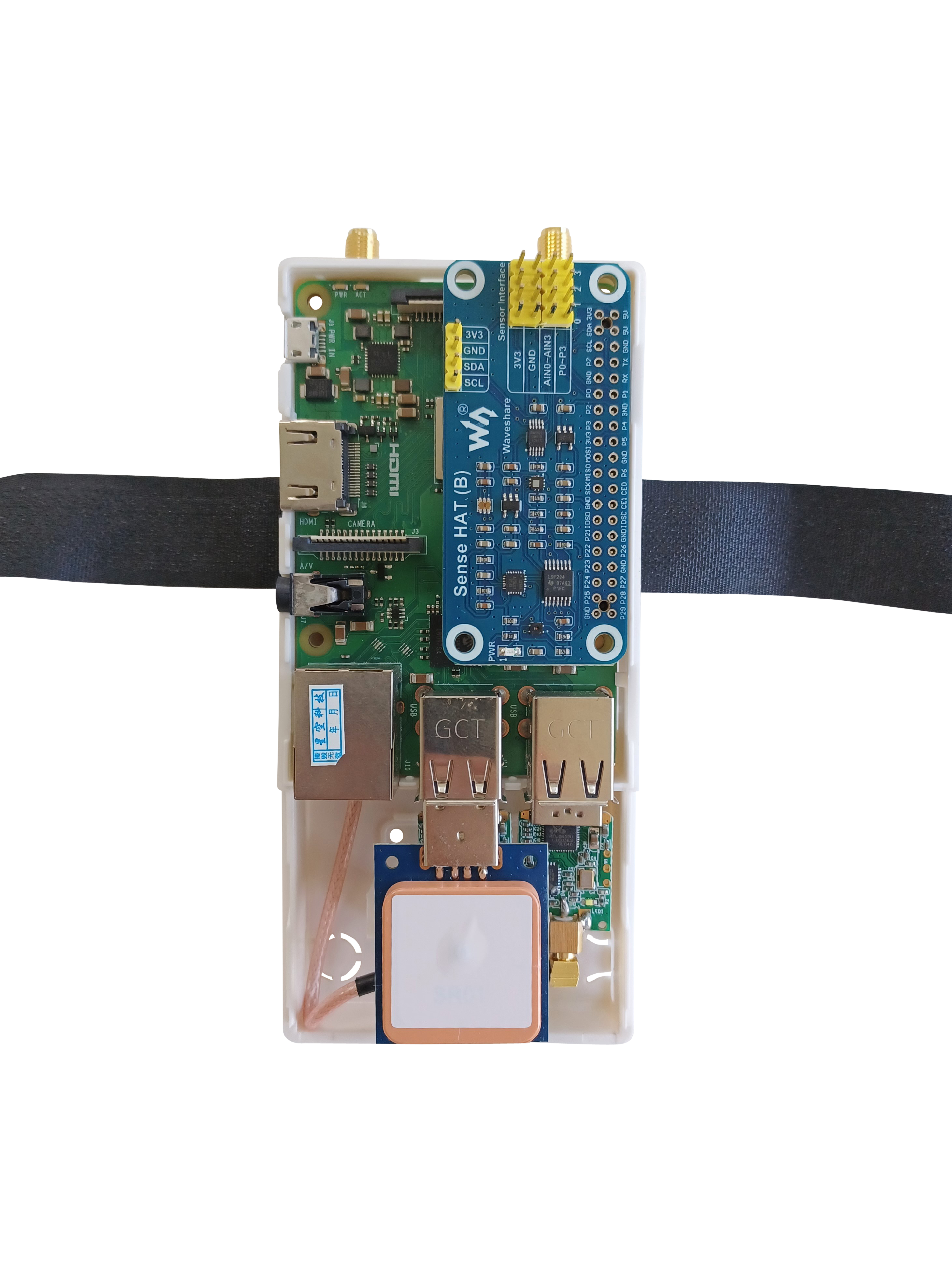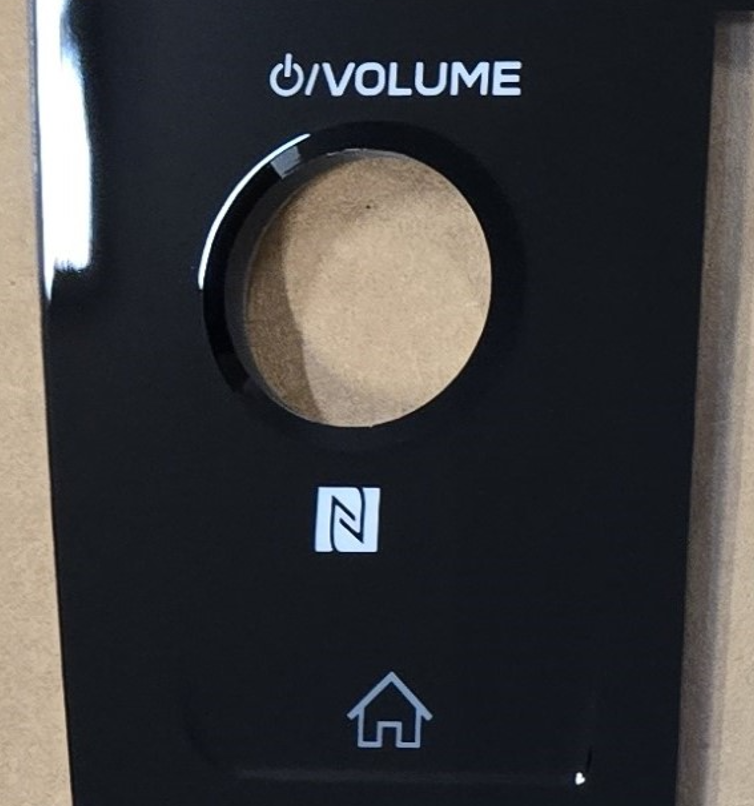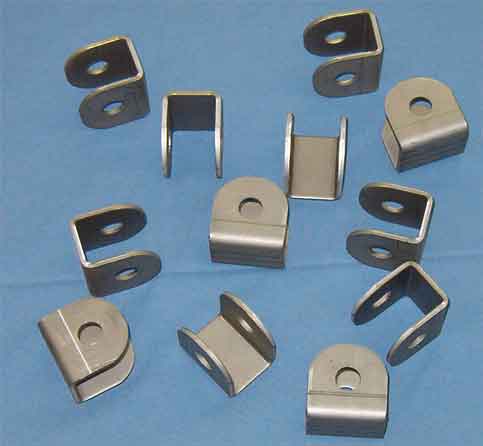
Brackets
Click here for pricing and availability
Early in 2016, we changed the base length of our suspension brackets, from 1.6" to 2". We've been supplying suspension brackets to Locost builders since 2003, when we converted our own suspensions from bushings to rod ends. The virtues of rod ends are many; they're adjustable, they precisely locate the control arm, they look the part, etc. The virtues of rubber bushings are a softer and quieter ride than rod ends provide, but if soft and quiet is your bag, you can stay on your sofa back home and turn the television down low. The virtues of polyethylene bushings are, well, they're dirt cheap and that's about it. We don't use many bushings in our cars.
Our brackets have rounded ends because I got sick of cutting myself on"book" suspension brackets. Also they look racier when they're rounded, since who but a racer would go to this much trouble to save a few grams.
Then again, maybe we could invest those grams in making a better bracket. I've never heard of a problem with our original brackets (or with "book" brackets for that matter) but similar brackets have failed on other (heavier) homebuilts and kit cars. Lengthening the base increases safety margins (strength, fatigue resistance, and longer welds) for a small price in weight and money.
Other than looks and weight, the biggest difference between Kinetic's suspension brackets and the brackets on page 62 of "the book" is, our brackets are 5/8" narrower--1.265" wide instead of 1.9". In my opinion, "book" brackets should not be used with rod ends. The internal width of a "book" suspension bracket is 1.65", vs. 1.025 for the Kinetic suspension bracket. Subtract .625" for the ball in a 1/2" rod end and you get 0.200" bolt overhang on each side of the ball for Kinetic brackets, where "book" brackets have over half an inch of unsupported bolt on each side of the ball. That's a lot of beam loading for a 1/2" bolt, over twice the moment arm as the same bolt in a Kinetic bracket.
The distance from hole center to the base of the bracket is .940 (.820 for the inside).
These brackets are $6.50 each when you get a car's worth. Wow, that's more than an economy rod end. Too bad we can't make as many brackets as they do rod ends; if we could make 10,000 of these a year we could knock the price in half.
Use these as shock brackets if you're using ball end shocks, or pushrod suspension.
